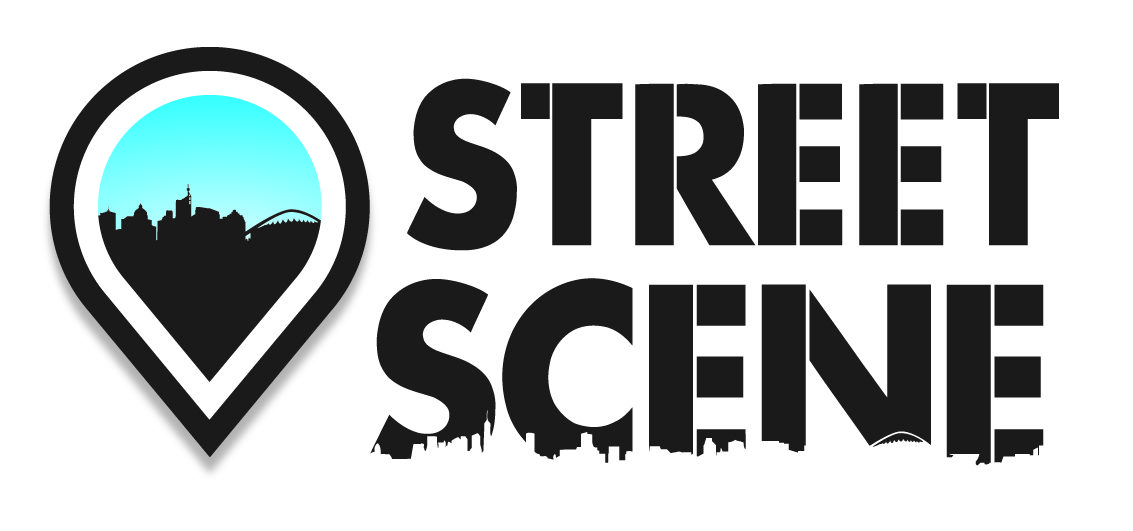
Myopia is characterized by the inability to see distant objects clearly, but with good vision of near objects. The light rays that make up the image you see are focused in front of the eyeball, not on the retina, which is the part of the eye that is most sensitive to light. In people with myopia, the eyeball is slightly longer than normal, or the cornea is too curved.
Progressive myopia is predominantly genetic.
Children inherit a predisposition to overt disease from their parents. Some factors can influence the disease, such as dealing with things that require attention and concentrating on details that take more time. If the eye muscles do not relax simultaneously, the eye remains contracted, making it difficult for the patient to see in the distance.
One of the main symptoms of myopia is difficulty focusing on distant objects. A person with myopia can easily read near objects but can hardly focus on objects at a distance. Nearsightedness usually occurs at a young age, and most children complain of difficulty reading blackboards. If your child also complains about this, he should check her eyesight. Myopic children prefer to sit closer to the television because they see it better.
Nearsightedness is common among children ages 6 to 12. It is essential to recognize this condition early because as your child grows, the eyeballs expand too much and can worsen. In adolescence, myopic people must change their glasses yearly to prevent deterioration. The problem usually stops deteriorating after age 20, but the eye does not heal, so myopic people will have to wear glasses or contact lenses for life.
Glasses or contact lenses have been recommended for patients with myopia since childhood. They must always wear glasses or lenses to avoid strain and increase in number. The myopic cannot reduce the number; however, they can stop their increase. My Kids Vision treatment of nearsightedness usually involves removing the layer of the cornea to flatten it. Laser is the only way to cure myopia.
Children are often myopic, and it is difficult to understand what they are going through. Parents must take their children for regular checkups, especially if diagnosed with myopia. Nearsightedness can affect the eyes until around the age of 20, which means that your vision may deteriorate. Regular checkups and the right glasses or contact lenses can help keep your eyes healthy and prevent strain.
Wearing the wrong glasses or lenses is one of the most common reasons myopia worsens with age. As parents, it’s essential to constantly ask your child how the glasses feel and how comfortable they are. You should take them to check their eyes when they are straining to read.
Summary
People with myopia need to take care of the health of their eyes. Strain and a weak cornea can cause several other eye problems affecting vision.

